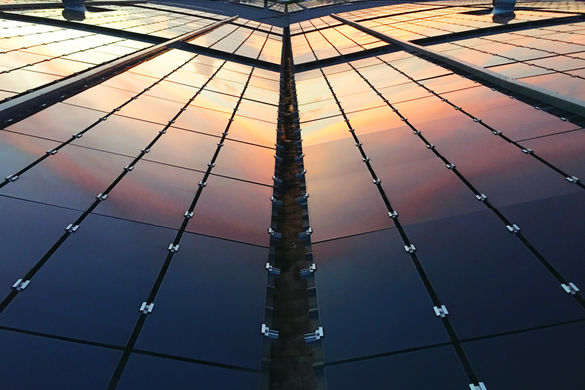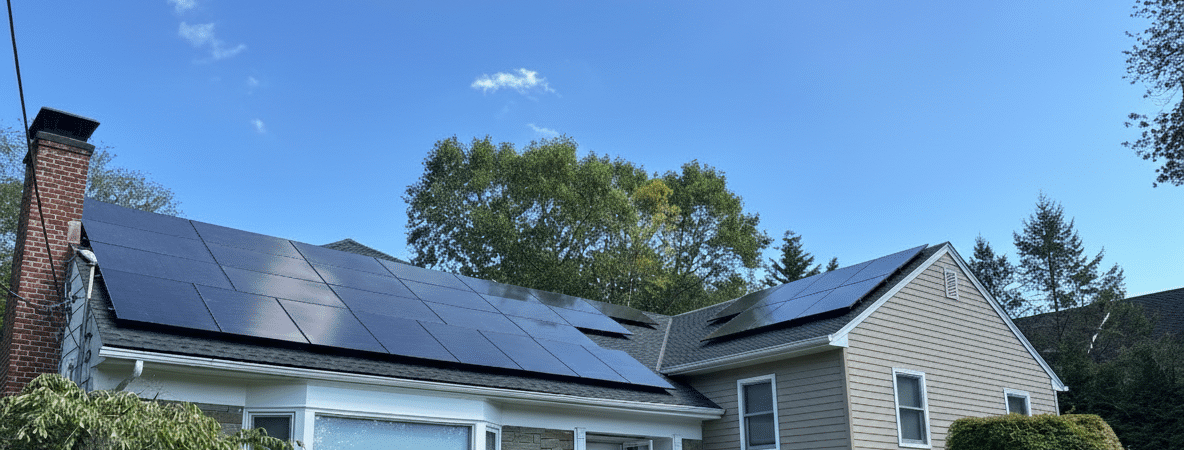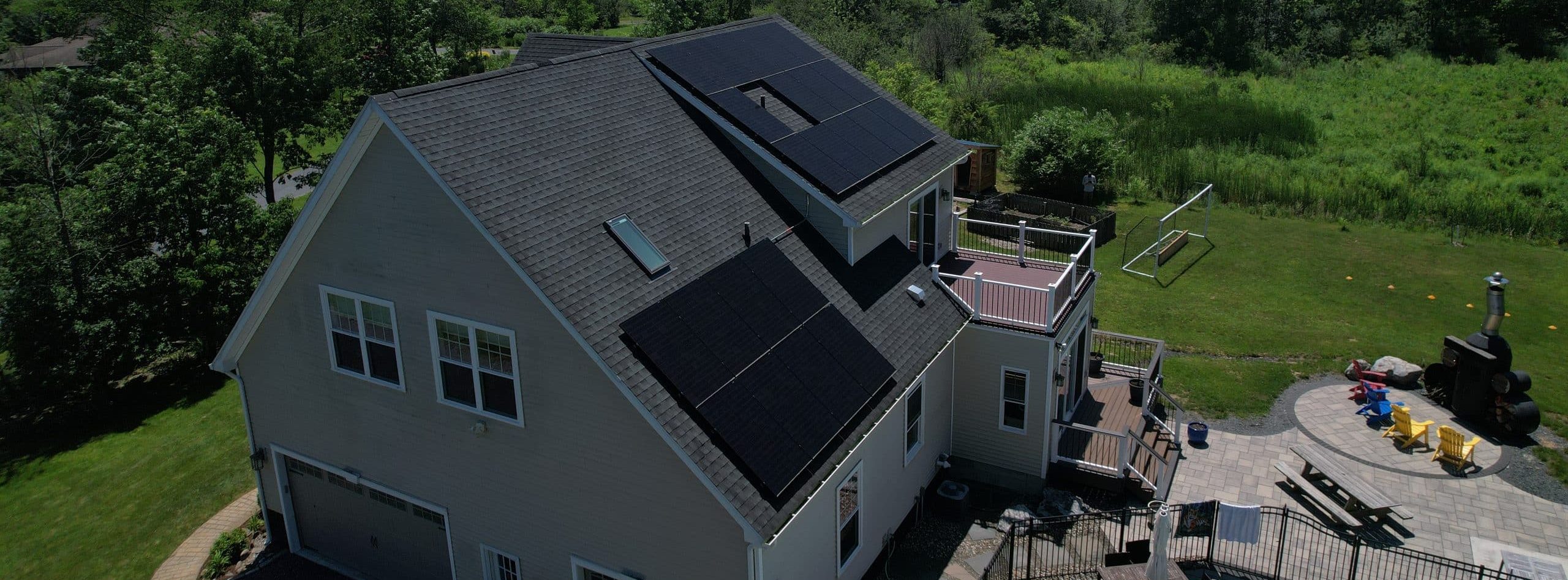NJ Transition Renewable Energy Credits (TRECs) are shifting to the Solar Successor Program. Recently, the New Jersey Board of Public Utilities (BPU) released a proposal for the straw proposal. Also called the Community Solar Energy Program, this new proposal aims to support robust solar development in NJ commercial solar projects for the long-term. As a business owner in the market for solar, you need to know the difference between TRECs and the Solar Successor Program. This way, you can maximize your savings as you schedule your commercial solar project installation. Of course, you can also use a solar savings estimator NJ to gain more insights to your projected installation costs. In this post, you’ll receive an update on NJ solar programs and TRECs vs Solar Successor incentive proposal.
Transition Renewable Energy Credits
First, it is essential to understand New Jersey’s current TREC incentive program. In 2004, New Jersey kicked off the Solar Renewable Energy Credit Program (SREC). Under this program, homeowners and businesses could earn up to $300 back for every 1000 kWhs their solar system produced. In April 2020, 5.1% of New Jersey’s total electricity output came from solar power, and the incentive switched to the TREC program. Notably, TRECs are based off a fixed pricing model of $152 per 1,000 kWh. Homeowners and businesses can collect this incentive revenue for up to 15 years. If your business generates 550,000 kWh per year, you could earn over $80,000 in revenue. Recently, the NJ BPU has proposed a change from TRECs to the Solar Successor Program, changing these earnings.
The Goal Of The Straw Proposal
As TRECs shift to the Successor Program, commercial solar customers need to understand the goal of the Straw Proposal. According to the BPU, the Straw Proposal intends offer a long-term, durable solar incentive program. Notably, the BPU is striving to make the Straw Proposal similar to TRECs. In addition, the proposal aims to offer financial incentives for net-metered projects less than 2 MWs. The Solar Successor Program Straw Proposal also aims to increase competition in the solicitation process for grid-supply projects. This applies to non-residential projects as well. Since the Straw Proposal, BPU Staff has been conducting public workshops and conferences. Here, they are taking input from key stakeholders and the public as they develop the proposal further.
Successor Program Payments
Under the Straw Proposal, Successor Program incentive payments are set to change from NJ TRECs. For example, net metered non-residential projects 2MW or less receive $85 per credit. Thus, businesses with rooftop, carport, and canopy systems can still receive significant solar savings. Ground mount systems are set to receive $85 as well. Currently, the Straw Proposal recommends that the program incentive amount is to be reviewed and reset every three years based on the solar market. In addition, the BPU is working to establish solar development capacity targets for each market segment, such as solar panels for apartment buildings. As of now, these will be based on three-month windows to reduce the likelihood of a market segment filling up. In this way, the NJ Successor Program payments aim to provide fixed, non-factored incentives.
BPU Staff Proposal Recommendations
Moreover, the NJ BPU Staff is currently considering several recommendations for the Straw Proposal. First, they are looking considering checking up on the incentive payment amounts 12 months after the program goes into effect, as opposed to the initial 3 years. Next, the staff is also considering increasing the size of eligible non-residential projects from 2 MW to 5 MW or less. This would allow larger commercial projects to gain access to the incentive program. Additionally, the BPU staff is evaluating market segmentation and the solicitation program design. In short, the BPU Staff will continue to evaluate these recommendations until they come up with a solution that works for the New Jersey solar market.
Talk To Your NJ Solar Provider
Furthermore, talk to your Bridgewater solar panel company or your NJ solar provider to maximize your incentive savings. Although TRECs are still in-effect, the state of New Jersey is looking to make the switch to the Successor Program soon. Since this solar program offers lower financial incentives, you should try to schedule your commercial installation as soon as possible for the maximum 15-year benefit. Of course, you can still access solar savings under the Solar Success Program. But it is nearly $70 less per renewable energy credit. If you have a solar project larger than 2 MW, you may not be eligible for the program, depending on the BPU’s final decision. In short, talk to your solar provider to ensure you get the most out of New Jersey commercial solar incentive programs.
NJ Transition Renewable Energy Credits (TRECs) are shifting to the Solar Successor Incentive Program. First, it is critical to understand how TRECs work. As this incentive switches to the Solar Successor Program, the Straw Proposal is seeking a long-term, durable incentive solution to fit the NJ solar market. Under this proposal, non-residential solar projects under 2MW can receive $85 for every 1,000 kWh as of the most recent BPU decisions. Currently, BPU staff is looking into several recommendations regarding solar system sizes, payment renewals, and market segments. Importantly, you should talk to your solar provider to maximize your NJ solar savings. Consider these points to learn about an update on NJ solar programs and TRECs vs Solar Successor incentive proposal.












